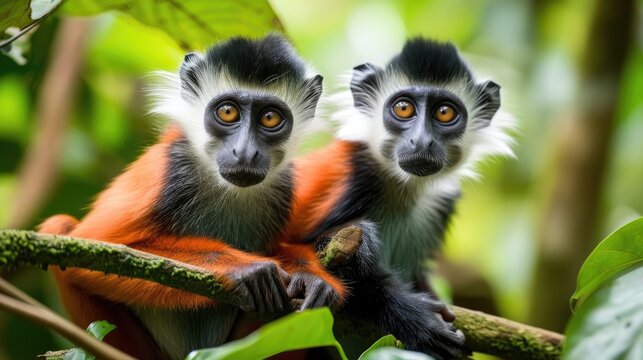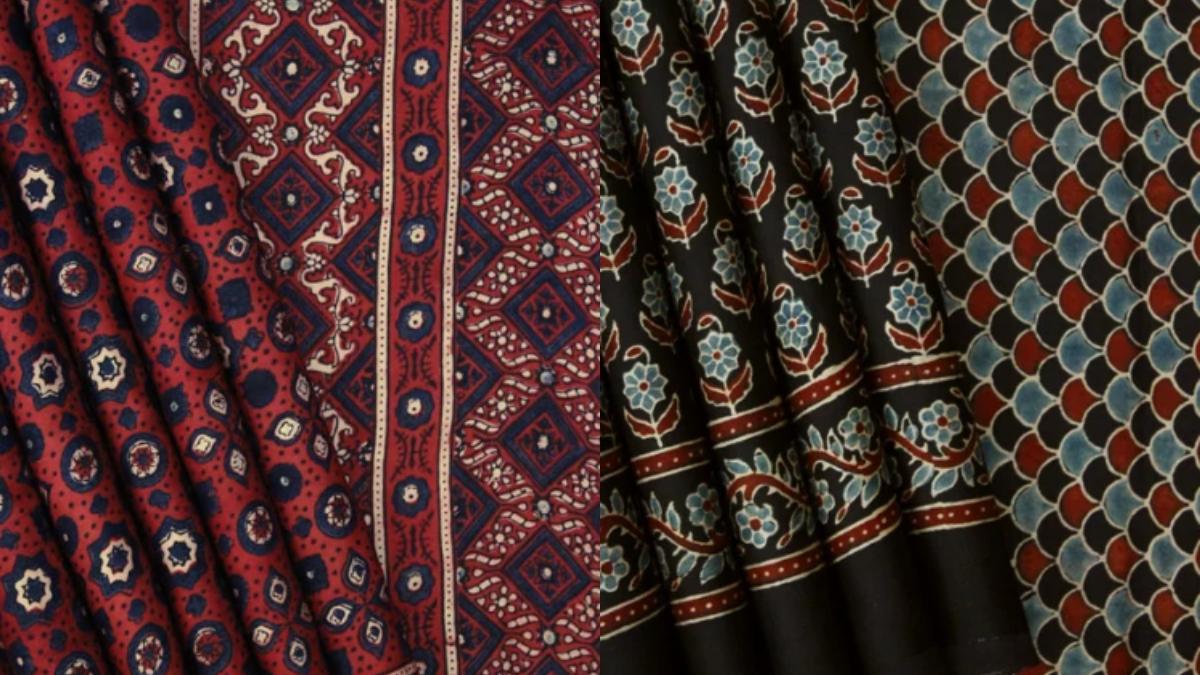Supersonic Missile-Assisted Release of Torpedo (SMART) System

- 02 May 2024
Why is it in the News?
The Defence Research and Development Organisation (DRDO) recently tested a next-generation torpedo release system aimed at boosting the Navy’s anti-submarine warfare capabilities.
What is a SMART System?
- The SMART system, designed to bolster the Indian Navy's anti-submarine warfare capabilities, represents a fusion of cutting-edge technology and indigenous innovation.
- With its supersonic capabilities and torpedo release mechanism, the SMART system offers a formidable deterrent against potential submarine threats, enhancing the Indian Navy's operational readiness and maritime defence posture.
- The SMART system comprises a mechanism by which the torpedo is launched from a supersonic missile system with modifications that would take the torpedo to a far longer range than its own.
- For example, a torpedo with a range of a few kilometres can be sent a distance to the tune of 1000 km by the missile system from where the torpedo is launched.
- The system also gives flexibility in terms of the missile system’s launch platform.
- A number of DRDO laboratories including Defence Research and Development Laboratory (DRDL) and Research Centre Imarat (RCI), both in Hyderabad; Aerial Delivery Research and Development Establishment (ADRDE) in Agra; and Naval Science and Technology Laboratory (NSTL) Visakhapatnam have developed the technologies required for SMART.
Key Features of SMART Anti-submarine Missile System:
- It is a canister-based, long-range anti-submarine missile system.
- It has been developed by the DRDO for the Indian Navy.
- The objective behind the project is to develop a quick reaction system that can launch a torpedo from a standoff distance.
- The missile has a range of 643 km carrying a lightweight torpedo of range 20 km with a 50 kg high explosive warhead.
- SMART uses a two-way data link connected to airborne or ship-based submarine detection and identification systems.
- It can be launched from a surface ship or a truck-based coastal battery.
- The missile is powered by a dual-stage solid-propellant rocket and utilizes electro-mechanical actuators for course correction.
- The missile utilizes sea skimming to reduce detection range.
- The first successful test of SMART was done on 5 October 2020 from Abdul Kalam Island.
Significance:
- This missile-based mechanism to launch lightweight torpedoes can target submarines hundreds of kilometres away — far beyond the conventional range of lightweight torpedoes.
- It will be particularly employed in the absence of other assets for immediate action when an enemy submarine is detected.
Red Colobus

- 02 May 2024
Why is it in the News?
The Red colobus, a rare group of imperilled monkeys spread across Africa, is the primary indicator of biodiversity decline in the continent’s tropical forests.
What is Red Colobus?
- Red colobus monkeys (Piliocolobus spp.), a rare and imperilled group of primates endemic to Africa, serve as crucial indicators of the continent's biodiversity.
- They are part of the broader colobine family, which predominantly consists of leaf-eating species, distinguishing them from the omnivorous cercopithecines.
- Alongside Africa's red colobus monkeys, the colobine group also encompasses langurs found in South and Southeast Asia.
- These distinctive primates are distributed across diverse habitats, ranging from the forests of Senegal to the Zanzibar Archipelago.
- Despite their ecological significance, red colobus monkeys face a dire threat of extinction, with more than half of the known 18 distinct forms listed as Endangered or Critically Endangered on the IUCN Red List.
- Their survival is imperilled by various factors, primarily driven by human activities.
- Hunting for both trade and local consumption poses a significant threat, as does the relentless encroachment on their habitats.
- Habitat loss, degradation, and fragmentation result from activities such as logging, mining, charcoal production, and the conversion of forests into agricultural lands.
- These threats collectively endanger the existence of red colobus monkeys, highlighting the urgent need for conservation efforts to safeguard their future.
Conservation of Red Colobus Monkeys:
- The International Union for Conservation of Nature (IUCN) Species Survival Commission Primate Specialist Group and the African Primatological Society have come together to initiate the Red Colobus Conservation Action Plan.
- This collaborative effort focuses on making red colobus monkeys a priority target in conservation, ultimately contributing to the preservation of Africa's tropical forests and addressing unsustainable hunting practices.
- To effectively implement the action plan, a Red Colobus Working Group (RCWG) has been established.
- This group will provide guidance and ensure that the plan's objectives are met. Additionally, a Red Colobus Conservation Network (RCCN) has been created to promote communication, capacity-building, and monitoring of the conservation efforts for red colobus monkeys.
- Through this joint venture, the IUCN and the African Primatological Society aim to secure the future of red colobus monkeys while safeguarding the ecosystems they inhabit.
Ajrakh from Kutch

- 02 May 2024
Why is it in the News?
The recent addition of Ajrakh from Kutch to the list of GI-tagged fabrics is a proud moment for India's rich textile heritage.
What is Ajrakh?
- The Ajrakh fabric is a traditional hand-block printing technique that originated in Kutch, Gujarat.
- It uses natural dyes and intricate patterns to create beautiful textiles, which are then used to make sarees, dupattas, stoles, and other garments.
- The unique feature of Ajrakh is its use of geometric patterns and rich earthy colours like indigo, madder, and mustard.
- This fabric has been an integral part of the Kutchi culture for centuries and has now gained recognition on a global level with its GI tag.
What is a GI tag?
- The GI tag is a certification that identifies a product as originating from a specific geographical location and possessing unique qualities due to that region's traditional knowledge and expertise.
- It not only adds value to the product but also protects it from imitation or misuse.
- Ajrakh's GI tag was granted by the Geographical Indications Registry after a long process of documentation and verification of its origin and production techniques.
Some other Indian textiles have received similar recognition.
- Banarasi Silk: The luxurious Banarasi silk sarees from Varanasi have been coveted by women all over the world for their exquisite designs and fine quality.
- This fabric has been granted a GI tag for its uniqueness in design, weaving technique, and use of pure silk and zari.
- The intricate designs of Banarasi silk sarees, inspired by Mughal and Persian art, make them stand out in the sea of Indian textiles.
- Chanderi Fabric: Chanderi, a small town in Madhya Pradesh, is known for its delicate and lightweight fabric.
- Chanderi sarees and suits are made from a combination of cotton and silk, giving them a sheer and lustrous appearance.
- This fabric has been granted a GI tag for its traditional handloom weaving technique, which dates back to the 13th century.
- The motifs used in Chanderi fabrics are inspired by nature and are intricately woven using golden zari.
- Kanjeevaram Silk: The Kanjeevaram sarees from Tamil Nadu are famous for their vibrant colours, fine silk, and intricate zari work.
- This fabric has been granted a GI tag for its traditional weaving technique that uses three shuttles to weave the body, border, and pallu of the saree separately and then join them together.
- The rich gold zari work on Kanjeevaram sarees makes them a must-have in every Indian woman's wardrobe.
- Kota Doria: One of the many varieties of sari clothing produced in Muhammadabad Gohna, Mau in Uttar Pradesh and the surrounding area, as well as in Kota, Rajasthan, is kota doria.
- Pure cotton and silk are used to make sarees, which are adorned with square-like designs called khats.
- Since these sarees were woven in Mysore, they were originally known as Masuria.
- The GI tag was given to Kota Doria in July 2005. Kota Doria cotton sarees are regarded as the lightest in India because of their transparency and low weight.
- Odisha Ikat: One type of ikat, which is a resist dyeing method, comes from Odisha and is called Orissa Ikat.
- It is sometimes referred to as "Bandha of Orissa" and has been an Orissan product since 2007.
- To produce the design on the loom before weaving, the warp and weft threads are tie-dyed.
Antares

- 02 May 2024
Why is it in the News?
The Bengaluru-based Indian Institute of Astrophysics (IIA) has filmed the passing of the moon in front of Antares, a bright red star.
What is Antares?
- Antares, also known as Alpha Scorpii, is one of the brightest stars in our night sky.
- Located in the constellation Scorpius, Antares has captivated stargazers and astronomers for centuries with its fiery red hue and impressive size.
- The name Antares is derived from the Greek word meaning “rival to Mars” due to its reddish appearance, similar to the planet Mars.
- Ancient cultures associated Antares with various mythological figures, including the Greek god Ares and the Egyptian god Osiris.
- It is also one of the largest known stars, with a diameter estimated to be around 700 times that of our Sun.
- Antares is located approximately 550 light-years away from Earth, making it a relatively close neighbour in astronomical terms.
- It is classified as a red supergiant star, belonging to the spectral type M1.5 Iab-Ib.
- Its surface temperature is about 3,500 Kelvin.
- Antares is a variable star, which means its brightness fluctuates over time.
- Scientists estimate that Antares is approximately 12 million years old.
- As a red supergiant, it is in the later stages of its stellar evolution and is expected to explode as a supernova in the future.
- Antares has a mass estimated to be about 15 times that of our Sun.
- It is primarily composed of hydrogen and helium, with traces of heavier elements.
- Antares has a companion star in a binary system known as Antares B.
- The two stars orbit each other, with a separation of several astronomical units.
- The visual apparent magnitude of Antares is around 1.06, making it one of the 20 brightest stars in the night sky.
- Antares emits a significant amount of infrared radiation, making it a prominent object in infrared observations.
- Antares experiences intense stellar winds, which cause it to lose mass at a rate of approximately one Earth mass every hundred thousand years.
- Antares played a crucial role in ancient navigation, particularly in the Southern Hemisphere, serving as a marker for determining the position of celestial objects.
Booker Prize

- 02 May 2024
Why is it in the News?
The Booker Prize, one of the most prestigious awards in the literary world, has recently come under fire for the historical links to slavery of its original sponsor, Booker Group.
What is the Booker Prize?
- The Booker Prize was founded in 1969, initially just for writers from the Commonwealth, but later opened to writers globally.
- Each year, the prize is awarded to a single work of fiction in the English language.
- In 2004, a separate International Booker Prize was instituted for translated works.
- The prize was co-founded by publishers Tom Maschler and Graham C Greene, and from 1969 to 2001, it was sponsored by, and named after Booker Group Ltd, a British wholesale foods company, established in 1835 as a shipping and trading company, and now owned by Tesco.
- In 2002, British investment management firm Man Group became the prize’s sponsor, and thus it came to be known as The Man Booker Prize.
- After Man Group ended its sponsorship in 2019, American charity Crankstart took over, and reverted the award’s name to its original ‘Booker Prize’.
- Irish author Paul Lynch wins the 2023 Booker Prize for his novel 'Prophet Song'.
About the International Booker Prize:
- The International Booker Prize (formerly known as the Man Booker International Prize) was launched in 2005.
- It was originally awarded every two years to a living author who has published fiction either originally in English or whose work is generally available in translation in the English language.
- It was an award for the body of work of the author, rather than awarded for an individual novel.
- Beginning in 2016, the award changed. It is now given annually to a single book in English translation, with a £50,000 prize for the winning title, shared equally between author and translator.
- Georgi Gospodinov and Angela Rodel have won the International Booker Prize 2023 for the novel ‘Time Shelter’.
- ‘Tomb of Sand’ Geetanjali Shree, translated by Daisy Rockwell Winner 2022 winner.
